Signed Language Interpreting in the Workplace
Melanie Metzger and Earl Fleetwood, General Editors
| VOLUME 1 | From Topic Boundaries to Omission: New Research on Interpretation |
| VOLUME 2 | Attitudes, Innuendo, and Regulators: Challenges of Intepretation |
| VOLUME 3 | Translation, Sociolinguistic, and Consumer Issues in Interpreting |
| VOLUME 4 | Interpreting in Legal Settings |
| VOLUME 5 | Prosodic Markers and Utterance Boundaries in American Sign Language Interpretation |
| VOLUME 6 | Toward a Deaf Translation Norm |
| VOLUME 7 | Interpreting in Multilingual, Multicultural Contexts |
| VOLUME 8 | Video Relay Service Interpreters: Intricacies of Sign Language Access |
| VOLUME 9 | Signed Language Interpreting in Brazil |
| VOLUME 10 | More than Meets the Eye: Revealing the Complexities of K12 Interpreting |
| VOLUME 11 | Deaf Interpreters at Work: International Insights |
| VOLUME 12 | Investigations in Healthcare Interpreting |
| VOLUME 13 | Signed Language Interpretation and Translation Research: Selected Papers from the First International Symposium |
| VOLUME 14 | Linguistic Coping Strategies in Sign Language Research |
| VOLUME 15 | Signed Language Interpreting in the Workplace |
Signed Language Interpreting in the Workplace
Jules Dickinson
GALLAUDET UNIVERSITY PRESS
Washington, DC
Studies in Interpretation
A Series Edited by Melanie Metzger and Earl Fleetwood
Gallaudet University Press
Washington, DC 20002
http://gupress.gallaudet.edu
2017 by Gallaudet University
All rights reserved. Published 2017
Printed in the United States of America
ISBN 978-1-56368-689-4
ISSN 1545-7613
First published in Great Britain by Douglas McLean Publishing
JulesDickinson2014
 This paper meets the requirements of ANSI/NISO Z39.48-1992 (Permanence of Paper).
This paper meets the requirements of ANSI/NISO Z39.48-1992 (Permanence of Paper).
Contents
Foreword
Graham H. Turner
The chances are that youre going to experience about 90,000 hours of work. In other words, setting aside the hours youll spend asleep, getting on for one-fifth of your lifetime will be spent in a workplace of some description. Its a sobering thought. It also explains why their work matters so much to many people. Far and away the best prize that life offers, Theodore Roosevelt said, is the chance to work hard at work worth doing (A Square Deal, Syracuse, NY, September 7, 1903).
What if you are a Deaf person who uses a signed language in your everyday life, though? Is work equally fulfilling? The underlying assumption of this book is that it can be, and it should be. Relationships with interpreters can be critical to achieving that outcome. This monograph addresses the key question of how interpreters can operate to enable the workplace to run smoothly when interaction between signers and nonsigners is a routine feature of the occupational environment. Of course, for the interpreter, work necessarily always involves signing and nonsigning clients. The communicative gap between these groups constitutes the very raison dtre of the interpreter. And, make no mistake about it, bridging that gap is immensely hard work. Doing it well requires deep reserves of world knowledge, an extraordinary level of empathy, profound insight and great technical competence in the practice of communication management, as well as native-like bilingual and bicultural skills, which most people mistakenly assume to encompass the beginning and end of the interpreters task. All of that has to come before we even get to the specific technicalities, routines, and personalities of a particular occupational context. So interpreting is intense, mind-bending work in itself.
As this study amply demonstrates, however, it is possible to deliver high-quality interpretingbut the interpreter alone cannot generate effective communication among workplace colleagues. In fact, there is no single silver bullet, no magic powder that can be sprinkled to guarantee understanding. The research reported here does, however, illuminate vividly how careful, considerate, and, above all, cooperative talk can facilitate purposeful interaction among employees. Whats more, where a shared appreciation of the distinctive character of interpreted exchanges is afforded scope to develop, we see in this volume well-curated evidence of the mutual respect and goodwill that can be nurtured within staff relations.
The scholarship presented within these covers also sits within an academic tradition initiated over fifty years ago in the United States and maintained conscientiously in a number of centers in the UK. By the time William C. Stokoe published his groundbreaking A Dictionary of American Sign Language on Linguistic Principles in 1965, he was routinely conducting his scientific analyses in a team into which he had drafted Deaf colleagues, insisting that his research would be enhanced through this Deafhearing cooperation. Mary Brennan established similar principles at Moray House College of Education in Edinburgh in her early sign language studies in the 1970s, and these have continued through subsequent generations and remain fundamental in the researchwhich this book exemplifiesthat continues at Heriot-Watt University in the same city to this day. Doctoral research, as contained in this volume, has necessarily to be authored by an individual, but Jules Dickinsons work models an ongoing, coactive disposition associated with Heriot-Watt and all institutions engaged in applied linguistic research that seeks to be empowering to relevant stakeholders.
This study is, in a number of vital respects, genuinely motivated by a desire to work on, for, and with members of the interpreting profession and of the workplace communities of practice in focus in these pages. The urge to empower through research may not ultimately be perfectly realized in this (or any individual) study, but the instinct to share knowledge is evident throughout and suggests many avenues for refinement of good employment practice in subsequent studies. With cooperative endeavor comes the prospect of promoting and securing lasting changethe true evidence of the impact that can be generated through well-designed, sensitively administered, and effectively disseminated research.
At the time of Dickinsons study, such change looked absolutely vital. The very presence of interpreters in the companies, services, and enterprises that employ Deaf people has been brought into question once again as an insensitive governmental administration, it appears, insists upon cutbacks without properly understanding the consequences. Over two decades since its introduction in 1994, the publicly funded Access to Work scheme has enabled thousands of Deaf (and disabled) people to attain professional status commensurate with their abilities, arresting a generations-old pattern of underemployment, justifiable resentment, and socially damaging waste of human resources. As a result, Deaf peoples life-chances and those of their family members have improved, their colleagues and customers have been able to benefit from their skills and contribution, and the economy has been boosted, both by the reduction in social funding required to sustain frustrated ambitions and artificially underproductive lifestyles, and by the resultant direct input through industrial productivity and tax revenue. Societys interests have thus been served while individuals own sense of personal fulfillment has been optimized in the very way that Theodore Roosevelt highlighted.

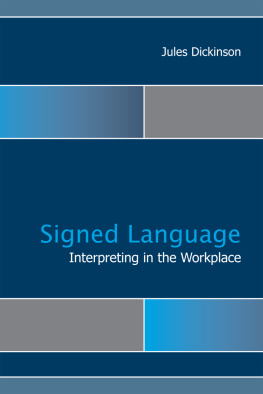
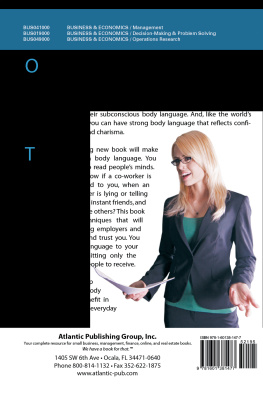
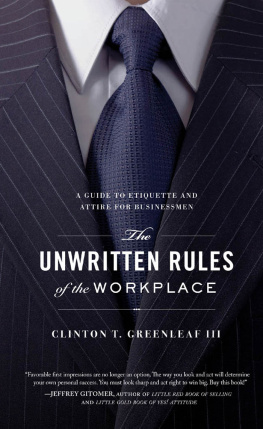

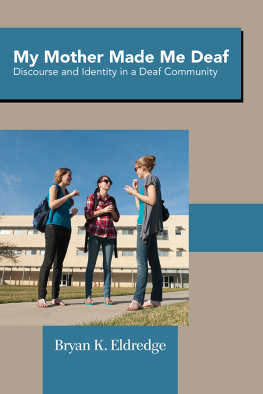
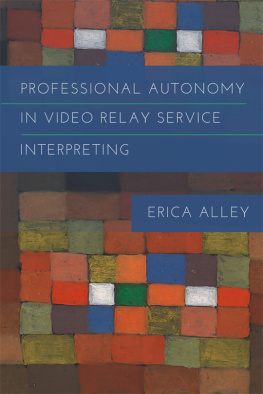
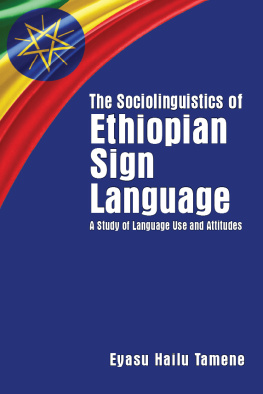
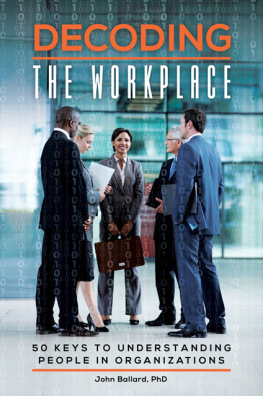
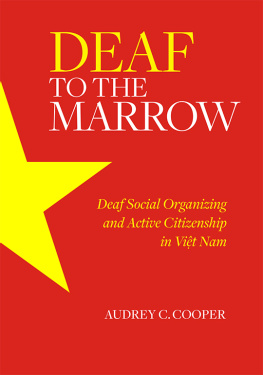
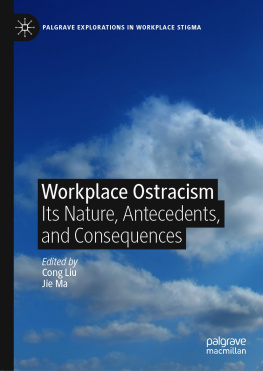


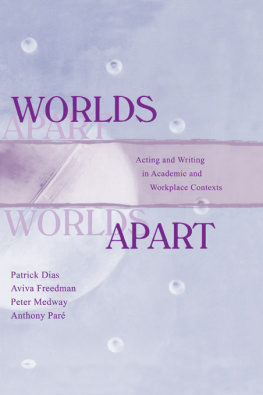


 This paper meets the requirements of ANSI/NISO Z39.48-1992 (Permanence of Paper).
This paper meets the requirements of ANSI/NISO Z39.48-1992 (Permanence of Paper).